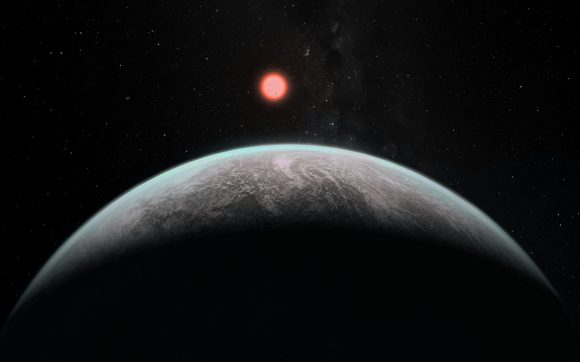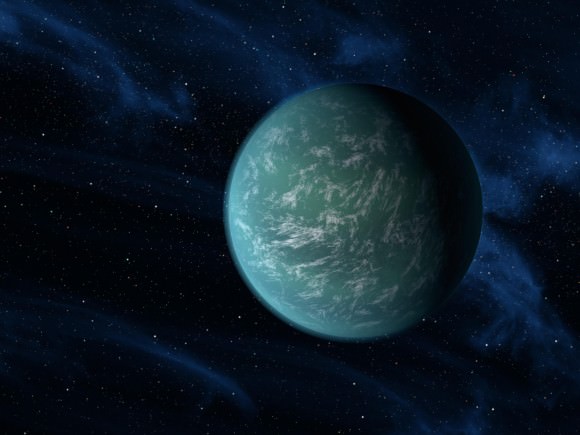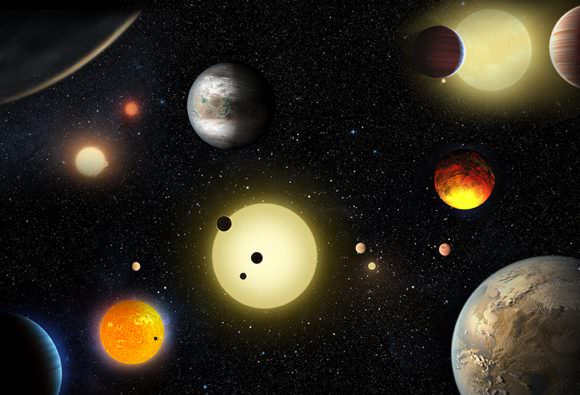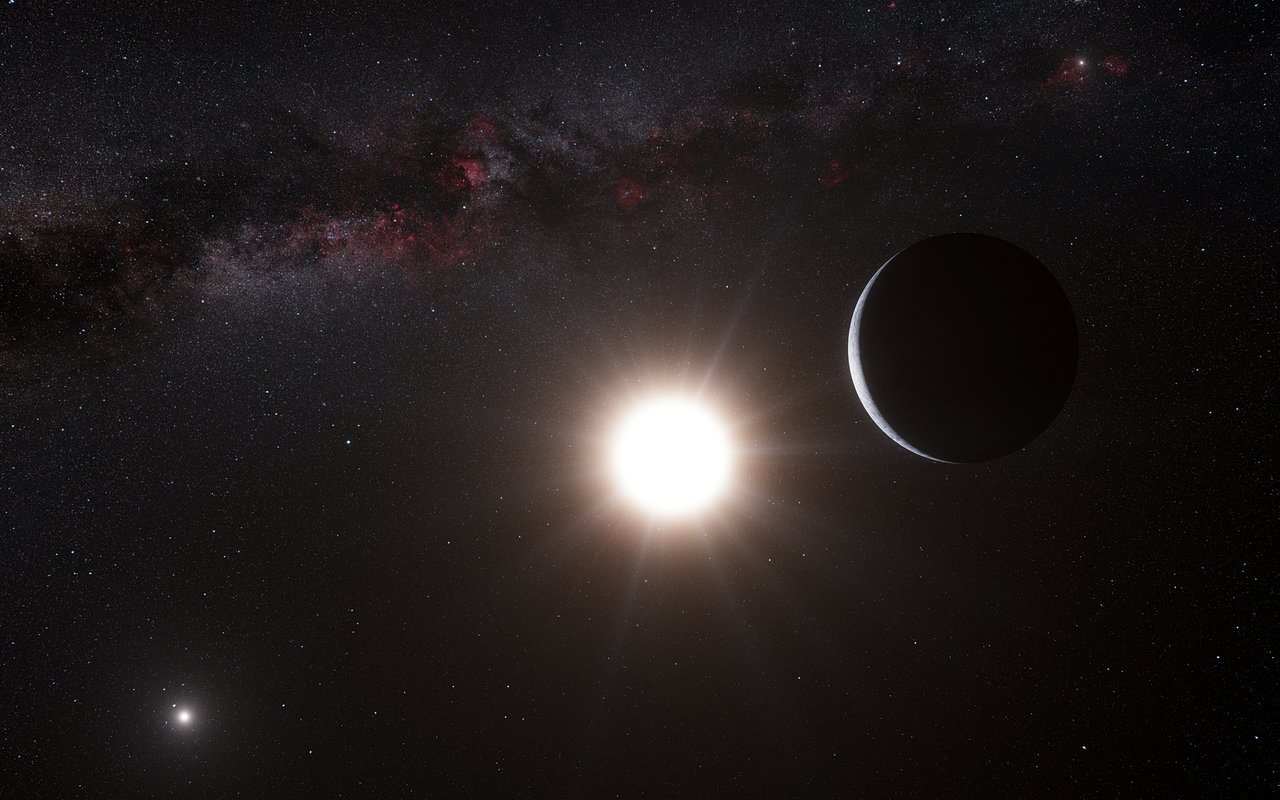In the hunt for extra-solar planets, astronomers and enthusiasts can be forgiven for being a bit optimistic. In the course of discovering thousands of rocky planets, gas giants, and other celestial bodies, is it too much to hope that we might someday find a genuine Earth-analog? Not just an “Earth-like” planet (which implies a rocky body of comparable size) but an actual Earth 2.0?
This has certainly been one of the goals of exoplanet-hunters, who are searching nearby star systems for planets that are not only rocky, but orbit within their star’s habitable zone, show signs of an atmosphere and have water on their surfaces. But according to a new study by Alexey G. Butkevich – a astrophysicist from the Pulkovo Observatory in St. Petersburg, Russia – our attempts to discover Earth 2.0 could be hindered by Earth itself!
Butkevich’s study, titled “Astrometric Exoplanet Detectability and the Earth Orbital Motion“, was recently published in the Monthly Notices of the Royal Astronomical Society. For the sake of his study, Dr. Butkevich examined how changes in the Earth’s own orbital position could make it more difficult to conduct measurements of a star’s motion around its system’s barycenter.

This method of exoplanet detection, where the motion of a star around the star system’s center of mass (barycenter), is known as the Astrometic Method. Essentially, astronomers attempt to determine if the presence of gravitational fields around a star (i.e. planets) are causing the star to wobble back and forth. This is certainly true of the Solar System, where our Sun is pulled back and forth around a common center by the pull of all its planets.
In the past, this technique has been used to identify binary stars with a high degree of precision. In recent decades, it has been considered as a viable method for exoplanet hunting. This is no easy task since the wobbles are rather difficult to detect at the distances involved. And until recently, the level of precision required to detect these shifts was at the very edge of instrument sensitivity.
This is rapidly changing, thanks to improved instruments that allow for accuracy down to the microarcsecond. A good example of this is the ESA’s Gaia spacecraft, which was deployed in 2013 to catalog and measure the relative motions of billions of stars in our galaxy. Given that it can conduct measurements at 10 microarcseconds, it is believed that this mission could conduct astrometric measurements for the sake of finding exoplanets.
But as Butkevich explained, there are other problems when it comes to this method. “The standard astrometric model is based on the assumption that stars move uniformly relative to the solar system barycentre,” he states. But as he goes on to explain, when examining the effects of Earth’s orbital motion on astrometric detection, there is a correlation between the Earth’s orbit and the position of a star relative to its system barycenter.

To put it another way, Dr. Butkevich examined whether or not the motion of our planet around the Sun, and the Sun’s motion around its center of mass, could have a cancelling effect on parallax measurements of other stars. This would effectively make any measurements of a star’s motion, designed to see if there were any planets orbiting it, effectively useless. Or as Dr. Butkevich stated in his study:
“It is clear from simple geometrical considerations that in such systems the orbital motion of the host star, under certain conditions, may be observationally close to the parallactic effect or even indistinguishable from it. It means that the orbital motion may be partially or fully absorbed by the parallax parameters.”
This would be especially true of systems where the orbital period of a planet was one year, and which had an orbit that placed it close to the Sun’s ecliptic – i.e. like Earth’s own orbit! So basically, astronomers would not be able to detect Earth 2.0 using astrometric measurements, because Earth’s own orbit and the Sun’s own wobble would make detection close to impossible.
As Dr. Butkevich states in his conclusions:
“We present an analysis of effects of the Earth orbital motion on astrometric detectability of exoplanetary systems. We demonstrated that, if period of a planet is close to one year and its orbital plane is nearly parallel to the ecliptic, orbital motion of the host may be entirely or partially absorbed by the parallax parameter. If full absorption occurs, the planet is astrometrically undetectable.”

Luckily, exoplanet-hunters have a myriad of other methods too choose from, including direct and indirect measurements. And when it comes to spotting planets around neighboring stars, two of the most effective involve measuring Doppler shifts in stars (aka. the Radial Velocity Method) and dips in a star’s brightness (aka. the Transit Method).
Nevertheless, these methods suffer from their own share of drawbacks, and knowing their limitations is the first step in refining them. In that respect, Dr. Butkevich’s study has echoes of heliocentrism and relativity, where we are reminded that our own reference point is not fixed in space, and can influence our observations.
The hunt for exoplanets is also expected to benefit greatly from deployment of next-generation instruments like the James Webb Space Telescope, the Transiting Exoplanet Survey Satellite (TESS), and others.
Further Reading: arXiv


hi i am akshat
had a feww question
how can u determine that ther is earth . 2.0
which is hiding from us
please answer with proof
my email [email protected]